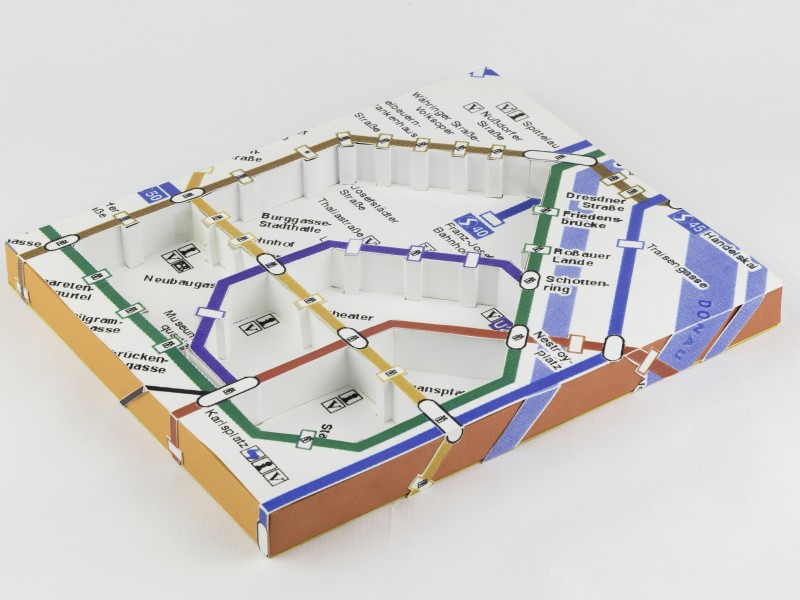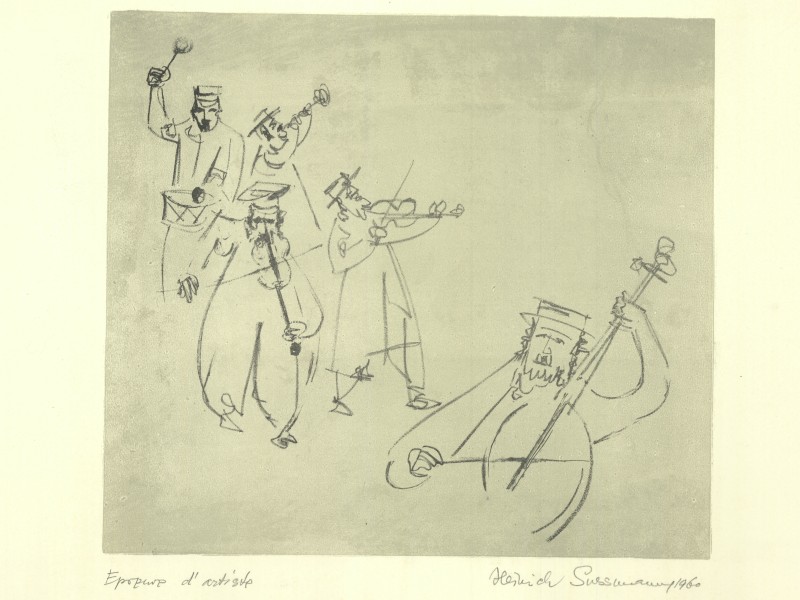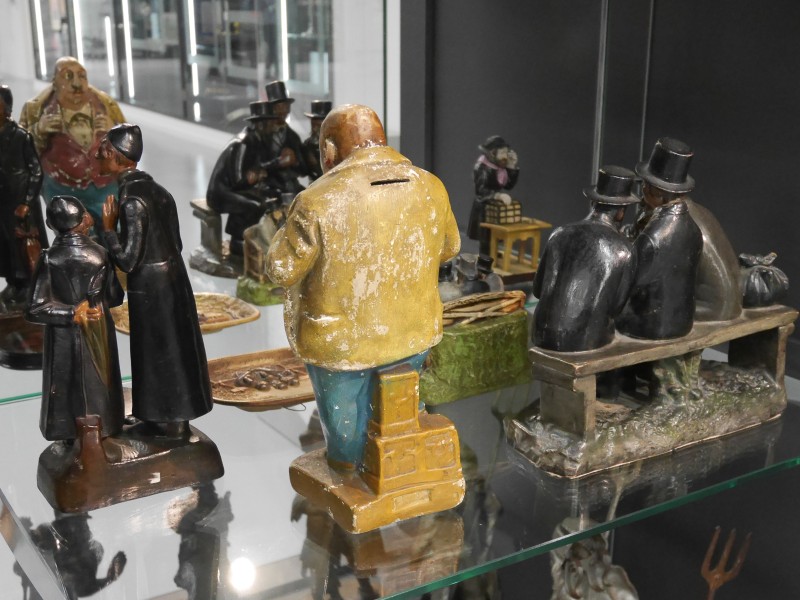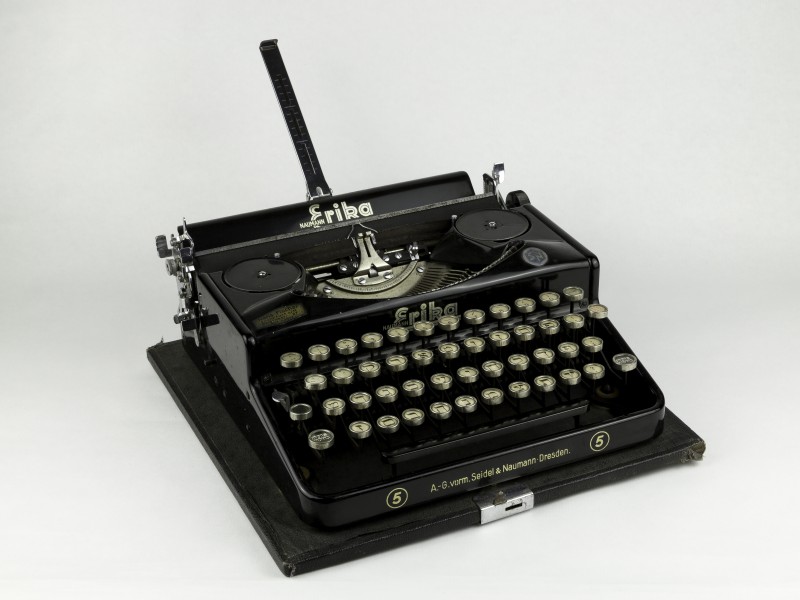Collections
The Jewish Museum Vienna houses various collections, which can be viewed differently in terms of their origins, the variety of objects and their provenance.
When the present museum was founded in 1988, the City of Vienna acquired the Max Berger Collection. At the same time, the establishment of its own collection, the Jewish Museum Vienna (JMW) Collection, began. The Jewish Community of Vienna (IKG) Collection has been on permanent loan since 1992. That same year, the museum received the Sussmann Collection on permanent loan from the Anni and Heinrich Sussmann Foundation. In 1993, Martin Schlaff donated his Antisemitica collection to the City of Vienna for the Jewish Museum. One year later, in 1994, the Stern Collection was purchased.







